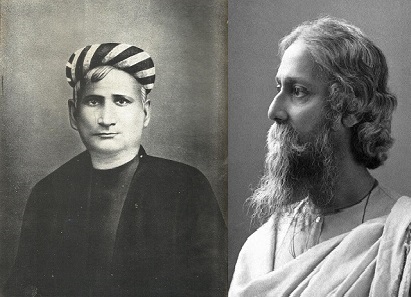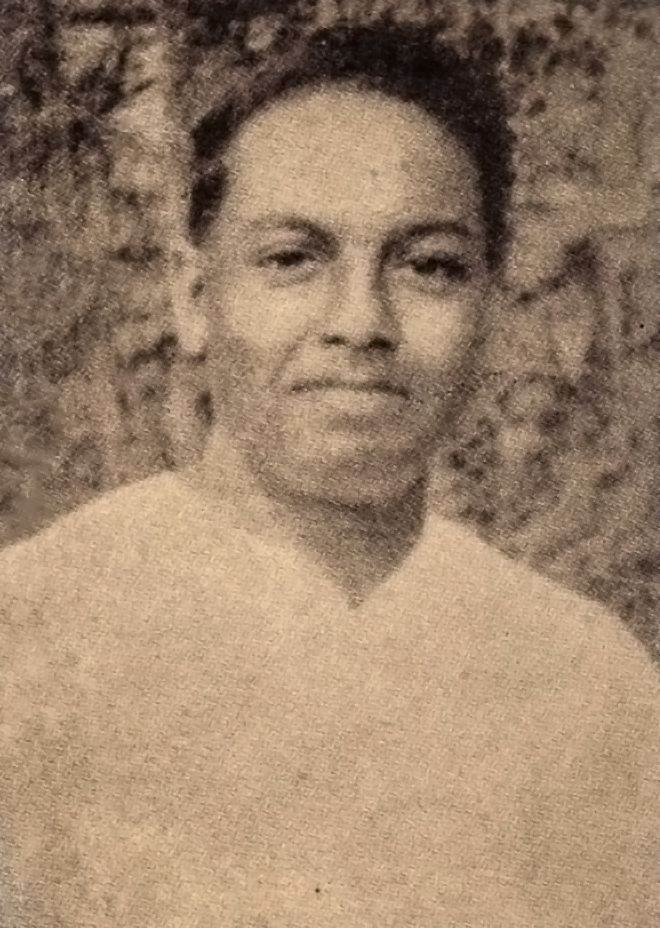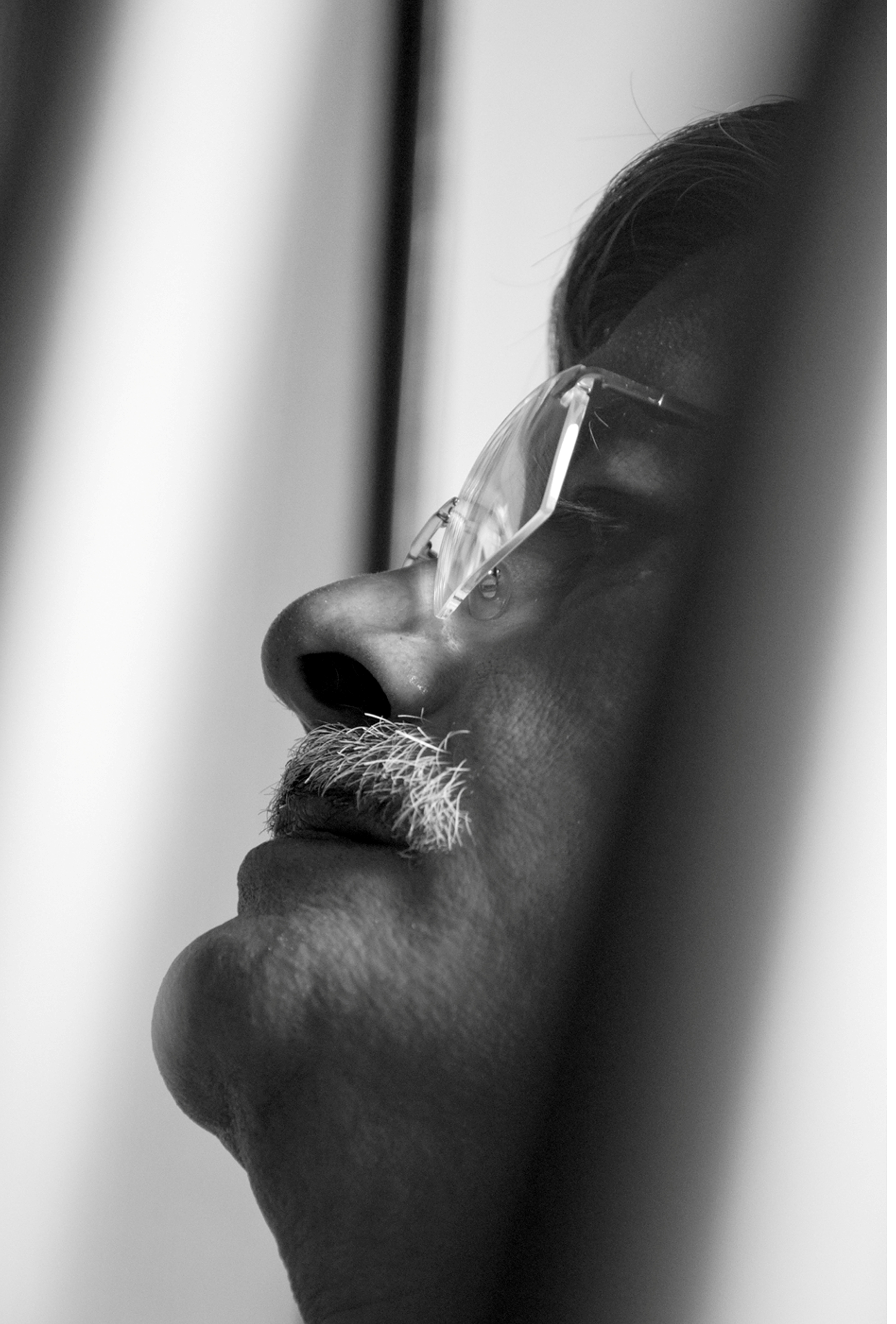|
Binay Majumdar
Binoy Majumdar ( bn, বিনয় মজুমদার) (17 September 1934 – 11 December 2006) was a Bengali poet. Binoy received the Sahitya Akademi Award in 2005. Biography Binoy Majumdar was born in Myanmar (erstwhile Burma) on 17 September 1934. His family later moved to what is now Thakurnagar West Bengal in India. Binoy loved mathematics from his early youth. He completed 'Intermediate' (pre-University) from the Presidency College of the University of Calcutta. Although he graduated with a degree in mechanical engineering graduate from Bengal Engineering College, now renamed Indian Institute of Engineering Science & Technology, Calcutta, in 1957, Binoy turned to poetry later in life. He translated a number of science texts from the Russian to Bengali. When Binoy took to writing, the scientific training of systematic observation and enquiry of objects found a place, quite naturally, in his poetry. His first book of verse was ''Nakshatrer Aloy'' (''in the light of the ... [...More Info...] [...Related Items...] OR: [Wikipedia] [Google] [Baidu] |
Myanmar
Myanmar, ; UK pronunciations: US pronunciations incl. . Note: Wikipedia's IPA conventions require indicating /r/ even in British English although only some British English speakers pronounce r at the end of syllables. As John C. Wells, John Wells explains, the English spellings of both Myanmar and Burma assume a non-rhotic variety of English, in which the letter r before a consonant or finally serves merely to indicate a long vowel: [ˈmjænmɑː, ˈbɜːmə]. So the pronunciation of the last syllable of Myanmar as [mɑːr] or of Burma as [bɜːrmə] by some speakers in the UK and most speakers in North America is in fact a spelling pronunciation based on a misunderstanding of non-rhotic spelling conventions. The final ''r'' in ''Myanmar'' was not intended for pronunciation and is there to ensure that the final a is pronounced with the broad a, broad ''ah'' () in "father". If the Burmese name my, မြန်မာ, label=none were spelled "Myanma" in English, this would b ... [...More Info...] [...Related Items...] OR: [Wikipedia] [Google] [Baidu] |
Phire Esho, Chaka
''Phire Esho, Chaka'' ( lit. Come back, O wheel) is a Bengali poetry book written by Binoy Majumdar. The book was published in 1961 and then republished in 1962 under the title ''Phire Esho, Chaka''. The book was initially published as ''Gayatrike'' ( lit. To Gayatri). This book is a collection of romantic poems written for Majumdar's contemporary Gayatri Chakravorty Spivak. The book is also dedicated to Gayatri Chakravorty. The word "Chaka" which means "Chakra" is Sanskrit, was a part of Gayatri Chakravorty's surname. This book is considered as the most famous book of Majumdar. The book was written in format of a diary. Majumdar used dates as poem titles such as, 8 March 1960, 27 June 1961, 1 July 1961 etc. See also *Binoy Majumdar *Hungry generation The Hungry Generation ( bn, হাংরি জেনারেশান) was a literary movement in the Bengali language launched by what is known today as the Hungryalist quartet, ''i.e.'' Shakti Chattopadhyay, Malay Roy Choud ... [...More Info...] [...Related Items...] OR: [Wikipedia] [Google] [Baidu] |
Samir Roychoudhury
Samir Roychowdhury (Bengali: সমীর রায়চৌধুরী) (1 November 1933 – 22 June 2016), one of the founding fathers of the Hungry Generation (also known as Hungryalism or Hungrealism (1961–1965)), was born at Panihati, West Bengal, in a family of artists, sculptors, photographers, and musicians. His grandfather Lakshminarayan, doyen of the Sabarna Roy Choudhury clan of Uttarpara, had learned drawing and bromide-paper photography from John Lockwood Kipling, father of Rudyard Kipling, who was Curator at the Lahore Museum (now in Pakistan), and thereafter established the first mobile photography-cum-painting company in India in the mid-1880s. The company was later taken over by Samir's father Ranjit (1909–1991). Samir's mother Amita (1916–1982) was from a progressive family of 19th-century Bengal renaissance. Seeds of Hungryalism Samir's grandfather, Sri Lakshminarayan Roy Chowdhury established a permanent photography-cum-painting shop at Patna, Biha ... [...More Info...] [...Related Items...] OR: [Wikipedia] [Google] [Baidu] |
Freudian
Sigmund Freud ( , ; born Sigismund Schlomo Freud; 6 May 1856 – 23 September 1939) was an Austrian neurologist and the founder of psychoanalysis, a clinical method for evaluating and treating pathologies explained as originating in conflicts in the psyche, through dialogue between a patient and a psychoanalyst. Freud was born to Galician Jewish parents in the Moravian town of Freiberg, in the Austrian Empire. He qualified as a doctor of medicine in 1881 at the University of Vienna. Upon completing his habilitation in 1885, he was appointed a docent in neuropathology and became an affiliated professor in 1902. Freud lived and worked in Vienna, having set up his clinical practice there in 1886. In 1938, Freud left Austria to escape Nazi persecution. He died in exile in the United Kingdom in 1939. In founding psychoanalysis, Freud developed therapeutic techniques such as the use of free association and discovered transference, establishing its central role in the analytic pr ... [...More Info...] [...Related Items...] OR: [Wikipedia] [Google] [Baidu] |
Image
An image is a visual representation of something. It can be two-dimensional, three-dimensional, or somehow otherwise feed into the visual system to convey information. An image can be an artifact, such as a photograph or other two-dimensional picture, that resembles a subject. In the context of signal processing, an image is a distributed amplitude of color(s). In optics, the term “image” may refer specifically to a 2D image. An image does not have to use the entire visual system to be a visual representation. A popular example of this is of a greyscale image, which uses the visual system's sensitivity to brightness across all wavelengths, without taking into account different colors. A black and white visual representation of something is still an image, even though it does not make full use of the visual system's capabilities. Images are typically still, but in some cases can be moving or animated. Characteristics Images may be two or three-dimensional, such as a ph ... [...More Info...] [...Related Items...] OR: [Wikipedia] [Google] [Baidu] |
Human Sexuality
Human sexuality is the way people experience and express themselves sexually. This involves biological, psychological, physical, erotic, emotional, social, or spiritual feelings and behaviors. Because it is a broad term, which has varied with historical contexts over time, it lacks a precise definition. The biological and physical aspects of sexuality largely concern the human reproductive functions, including the human sexual response cycle. Someone's sexual orientation is their pattern of sexual interest in the opposite or same sex. Physical and emotional aspects of sexuality include bonds between individuals that are expressed through profound feelings or physical manifestations of love, trust, and care. Social aspects deal with the effects of human society on one's sexuality, while spirituality concerns an individual's spiritual connection with others. Sexuality also affects and is affected by cultural, political, legal, philosophical, moral, ethical, and religious ... [...More Info...] [...Related Items...] OR: [Wikipedia] [Google] [Baidu] |
Bengal
Bengal ( ; bn, বাংলা/বঙ্গ, translit=Bānglā/Bôngô, ) is a geopolitical, cultural and historical region in South Asia, specifically in the eastern part of the Indian subcontinent at the apex of the Bay of Bengal, predominantly covering present-day Bangladesh and the Indian state of West Bengal. Geographically, it consists of the Ganges-Brahmaputra delta system, the largest river delta in the world and a section of the Himalayas up to Nepal and Bhutan. Dense woodlands, including hilly rainforests, cover Bengal's northern and eastern areas, while an elevated forested plateau covers its central area; the highest point is at Sandakphu. In the littoral southwest are the Sundarbans, the world's largest mangrove forest. The region has a monsoon climate, which the Bengali calendar divides into six seasons. Bengal, then known as Gangaridai, was a leading power in ancient South Asia, with extensive trade networks forming connections to as far away as Roman Egypt. ... [...More Info...] [...Related Items...] OR: [Wikipedia] [Google] [Baidu] |
Rabindranath Tagore
Rabindranath Tagore (; bn, রবীন্দ্রনাথ ঠাকুর; 7 May 1861 – 7 August 1941) was a Bengali polymath who worked as a poet, writer, playwright, composer, philosopher, social reformer and painter. He reshaped Bengali literature and music as well as Indian art with Contextual Modernism in the late 19th and early 20th centuries. Author of the "profoundly sensitive, fresh and beautiful" poetry of ''Gitanjali'', he became in 1913 the first non-European and the first lyricist to win the Nobel Prize in Literature. Tagore's poetic songs were viewed as spiritual and mercurial; however, his "elegant prose and magical poetry" remain largely unknown outside Bengal. He was a fellow of the Royal Asiatic Society. Referred to as "the Bard of Bengal", Tagore was known by sobriquets: Gurudev, Kobiguru, Biswakobi. A Bengali Brahmin from Calcutta with ancestral gentry roots in Burdwan district* * * and Jessore, Tagore wrote poetry as an eight-yea ... [...More Info...] [...Related Items...] OR: [Wikipedia] [Google] [Baidu] |
Bengali Poetry
Bengali poetry is a rich tradition of poetry in the Bengali language and has many different forms. Originating in the Bengal region of South Asia, the history of Bengali poetry underwent three successive stages of development: poetry of the early age (like '' Charyapad''), the Medieval period and the age of modern poetry. All ages have seen different forms of poetry and poetical tradition. It reached the pinnacle during the Bengali Renaissance period although it has a rich tradition and has grown independent of the movement. Major Bengali Poets throughout the ages are Chandidas, Alaol, Ramprasad Sen, Michael Madhusudan Dutt, Nabinchandra Sen, Rabindranath Tagore, Dwijendralal Ray, Satyendranath Dutta, Kazi Nazrul Islam, Jibanananda Das, Jasimuddin, Sukanta Battacharya, Al Mahmud. Introduction Poetry in the colloquial dialect of Bengal first originated from Prakrit, and based upon local socio-cultural traditions. It was antagonistic towards Vedic rituals and laws as opposed ... [...More Info...] [...Related Items...] OR: [Wikipedia] [Google] [Baidu] |
Jibanananda Das
Jibanananda Das () (17 February 1899 – 22 October 1954) was an Indian poet, writer, novelist and essayist in the Bengali language. Popularly called "Rupashi Banglar Kabi'' ('Poet of Beautiful Bengal'), Das is the most read poet after Rabindranath Tagore and Kazi Nazrul Islam in Bangladesh and West Bengal. While not particularly well recognised during his lifetime, today Das is acknowledged as one of the greatest poets in the Bengali language. Born in Barisal to a Vaidya-Brahmo Samaj, Brahmo family, Das studied English literature at Presidency College, Kolkata and earned his MA from Calcutta University. He had a troubling career and suffered financial hardship throughout his life. He taught at many colleges but was never granted tenure. He settled in Kolkata after the partition of India. Das died on 22 October 1954, eight days after being hit by a tramcar. The witnesses said that though the tramcar whistled, he did not stop, and got struck. Some deem the accident as an attempt ... [...More Info...] [...Related Items...] OR: [Wikipedia] [Google] [Baidu] |
Malay Roy Choudhury
Malay Roy Choudhury (born 29 October 1939) is an Indian Bengali poet, playwright, short story writer, essayist and novelist who founded the Hungryalist movement in the 1960s. Early life and education Malay Roy Choudhury was born in Patna, Bihar, India, into the Sabarna Roy Choudhury clan, which owned the villages that became Kolkata. He grew up in Patna's Imlitala ghetto, which was mainly inhabited by Dalit Hindus and Shia Muslims. His was the only Bengali family. His father, Ranjit (1909–1991) was a photographer in Patna; his mother, Amita (1916–1982), was from a progressive family of the 19th-century Bengali Renaissance. His grandfather, Laksmikanta Roy Choudhury, was a photographer in Kolkata who had been trained by Rudyard Kipling's father, the curator of the Lahore Museum. At the age of three, Roy Choudhury was admitted to a local Catholic school, and later, he was sent to the Rammohan Roy Seminary Oriental Seminary. The school was administered by the Brahmo Sama ... [...More Info...] [...Related Items...] OR: [Wikipedia] [Google] [Baidu] |








